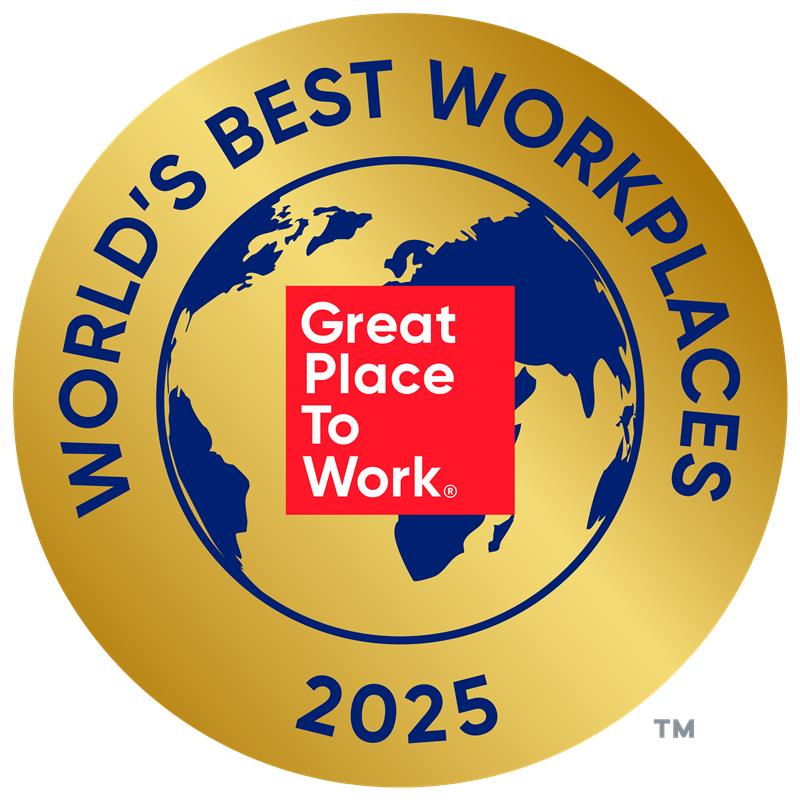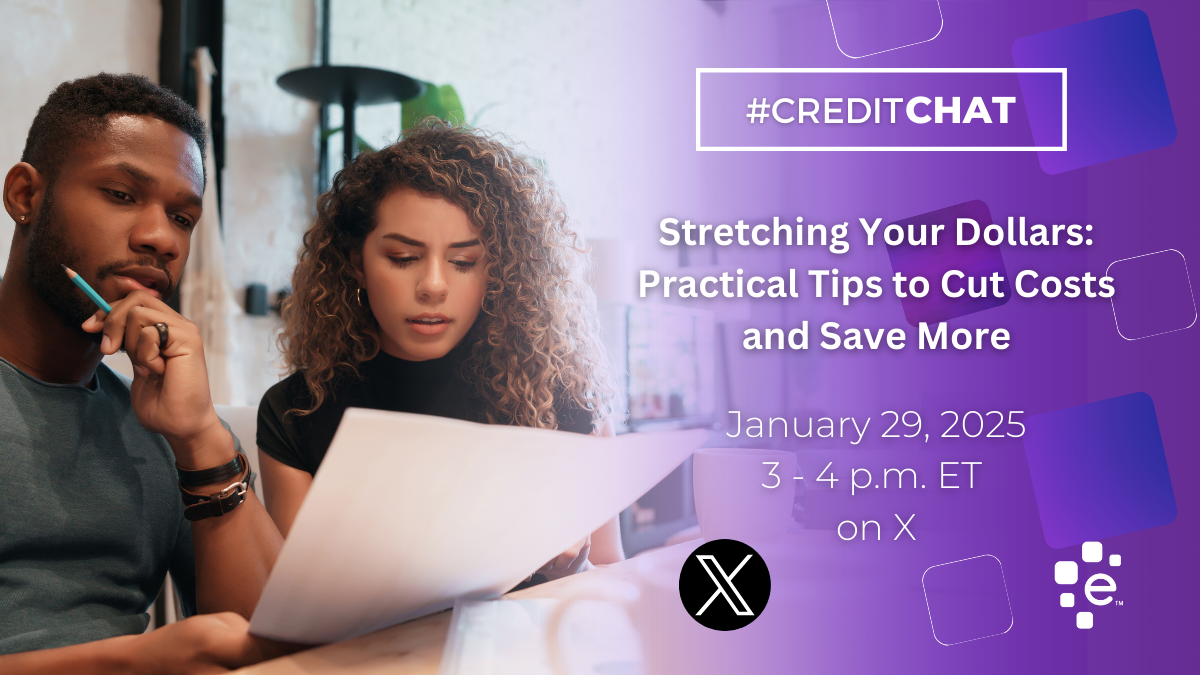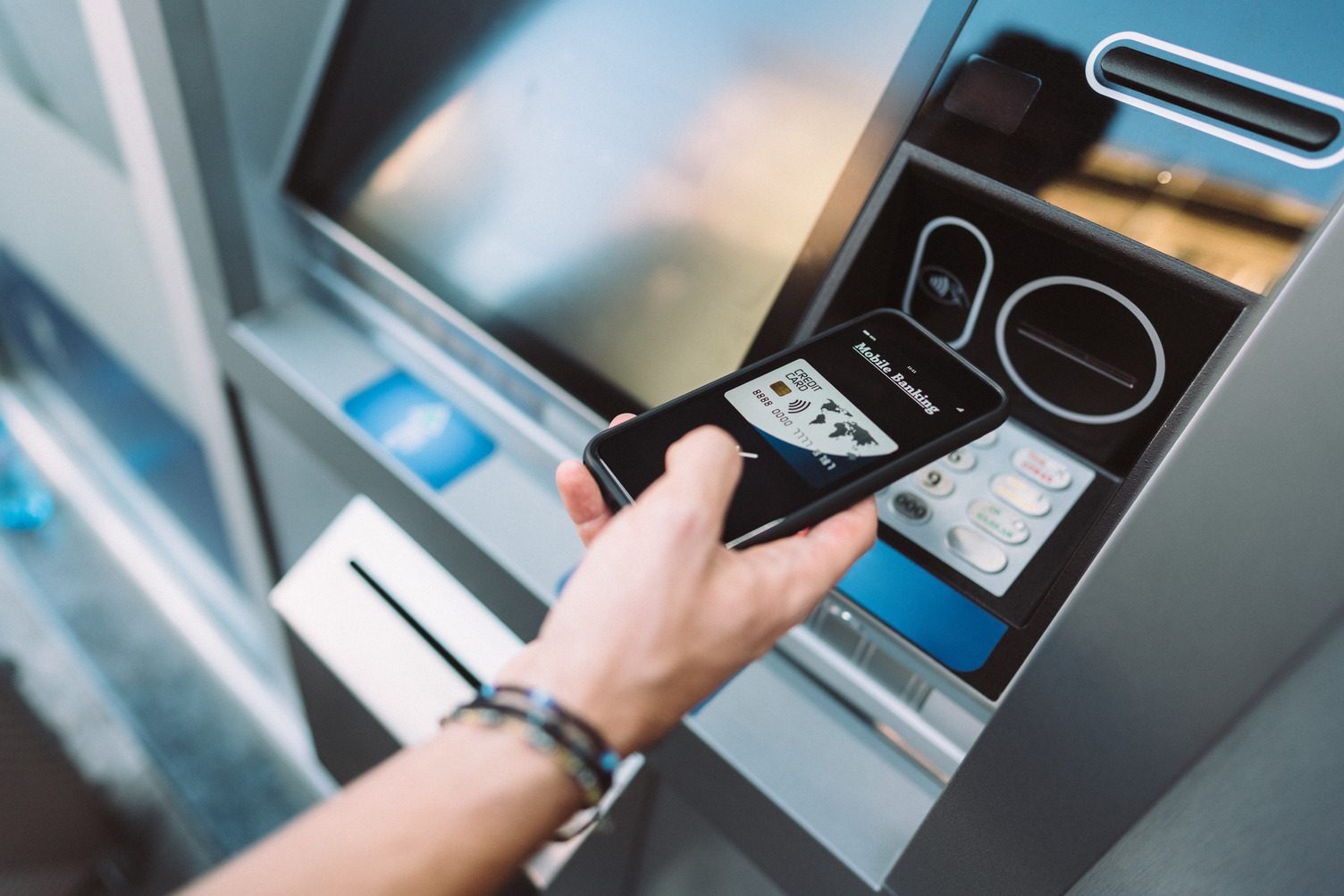
At Experian, we often say our people are our biggest superpower – and today, I’m thrilled to share that this belief has been recognised once again. Experian has been named one of the 2025 World’s Best Workplaces™ by Fortune and Great Place to Work® for the second year in a row.
This achievement reflects the culture we’ve built together – one that’s welcoming, inclusive, and rooted belonging. It’s a celebration of every colleague who brings their whole self to work, who lifts others up, and who powers opportunities for our clients, consumers, and communities.

We’ve made it our mission to create a workplace where everyone feels included, respected, and empowered. That’s why we’re proud to have earned top scores on the Corporate Equality Index and the Disability Equality Index, and to be recognised with the Outie Award for Workplace Excellence and Belonging.
These recognitions matter. But what matters most is how our people experience life at Experian. Whether it’s collaborating, innovating, or growing through world-class development of products, services and contributing to our communities, our culture is designed to help everyone thrive.
We’ve also made bold commitments to career development. Initiatives like Global Careers Week, the AI-driven performance coach Nadia, and the NextGen Forum – a global leadership development programme for emerging talent from across our regions – give our people the resources to take charge of their growth and build a “One Experian” mindset.
Being named one of the World’s Best Workplaces is a moment to celebrate but also a reminder to keep aiming higher. The world of work is evolving fast, and so are we. From embracing AI to enhancing our digital workplace experience, we’ll continue to push forward and listen to our people every step of the way.
Questions we will discuss:
- What does “retirement readiness” mean to you, and how can someone tell when they are financially ready to retire?
- Is there a magic number for retirement savings, and what factors should someone consider when setting a retirement goal?
- How can someone estimate their retirement expenses realistically?
- What are some common myths or misconceptions about how much money you need to retire?
- How should Gen Z, Millennials, and Gen Xers each approach retirement planning differently based on their stage of life?
- What are the biggest obstacles people face when trying to save for retirement, and how can they overcome them?
- How can you balance saving for retirement with paying off debt or supporting family today?
- What tools, calculators, or strategies can help people figure out if they’re on track for retirement?
- How can people prepare for unexpected costs or life changes that could impact their retirement plans?
- What’s one piece of advice you’d give someone just starting—or restarting—their retirement savings journey?
| Columns 1 | Column 2 | Column 3 | Column 4 |
|---|---|---|---|
| Row 1 Col 1 | |||
| Row 2 Col 1 | |||
| Row 3 Col 1 | |||
| Footer 1 | Footer 2 | Footer 3 | Footer 4 |

Credit Chat
Stretching your Dollars: Practical Tips to Cut Costs and Save More
February 5, 2025 3-4 PM ET
- What does “retirement readiness” mean to you, and how can someone tell when they are financially ready to retire?
- Is there a magic number for retirement savings, and what factors should someone consider when setting a retirement goal?
- How can someone estimate their retirement expenses realistically?

Greater transparency in buy now, pay later activity is key to helping consumers build their credit histories and supporting responsible lending. We have members of the military right now right out of high school and there’s not a lot of experience managing their own money. They’re quickly thrust into a place where they don’t have a support system to do that. We have members of the military right now right out of high school and there’s not a lot of experience managing their own money. They’re quickly thrust into a place where they don’t have a support system to do that. We have members of the military right now right out of high school and there’s not a lot of experience managing their own money. They’re quickly thrust into a place where they don’t have a support system to do that. We have members of the military right now right out of high school and there’s not a lot of experience managing their own money. They’re quickly thrust into a place where they don’t have a support system to do that. We have members of the military right now right out of high school and there’s not a lot of experience managing their own money. They’re quickly thrust into a place where they don’t have a support system to do that.
Experian North AmericaScott Brown, Group President, Financial Services

In today’s extremely competitive digital world, business analysts want information when they want it, the way they want it. Nowhere is this more evident than in the financial services sector, where the power of information helps risk and portfolio managers improve strategies and make better business decisions every day. With the introduction of IntelliView, never before have you had this amount of pertinent data at your disposal that can be categorized and evaluated according to specific needs. The tool can help you to optimize strategic planning, uncover new opportunities and improve decision making by having 24-7 online access to Experian’s aggregated quarterly consumer credit data. Data is available for seven lending categories including bankcard, retail card, automotive, first mortgage, second mortgage, home-equity lines of credit and personal loans. IntelliView data is sourced from the information that supports the Experian–Oliver Wyman Market Intelligence Reports and is easily accessed through an intuitive, online graphical user interface, which enables you to extract key findings from the data and integrate them into your business strategies. With today’s ever-changing market conditions and increased regulatory scrutiny, you require advanced tools for optimizing strategic planning and operational decision making. The reports available through IntelliView utilize aggregate credit data that has been predefined into the appropriate product and analytical groupings, taking the pressure off of your organization’s internal resources and allowing them more time for analysis. Learn more about IntelliView.

Experian, the leading global information services company, today announced that its vice president of public education, Maxine Sweet, was recognized by the National Foundation for Credit Counseling (NFCC) with its Making the Difference Award during the organization’s 47th Annual Leaders Conference in Charlotte, N.C., which took place Sept. 30–Oct. 3, 2012. Introduced in 2005, the NFCC’s Making the Difference Award honors individuals who have made significant contributions to assisting consumers with financial literacy, awareness and education, furthering the NFCC’s mission, vision and programs through a national presence. “Maxine Sweet personifies this award,” said Gail Cunningham, vice president of membership and public relations at the NFCC. “Her level of commitment, passion and knowledge combined with Experian’s financial education resources has made a remarkable impact on consumers’ lives.” “It is a true honor to receive an award with such great meaning,” Sweet said. “As a company, we strive to make a difference. Through the services we provide, the organizations we support and the communities we serve, we will continue to make financial education the heart of Experian.” The NFCC’s Annual Leaders Conference addresses relevant and timely topics affecting the credit counseling sector. Attendees convene to network and to learn more about the latest developments in the housing, bankruptcy, legislative and financial education sectors. Sweet and Rod Griffin, Experian director of public education, also conducted a Credit Ambassador workshop for NFCC educators and counselors at the conference. The workshop provided an overview on how to build or restore credit and what to do in case of fraud as well as discussed other consumer resources available from Experian.

Experian Marketing Services announced the appointment of industry leader Peter DeNunzio as general manager for Experian CheetahMail. DeNunzio assumes responsibility across all CheetahMail offices in the United States and reports to Matt Seeley, president of Experian Marketing Services. With more than 25 years of experience in marketing, branding and direct-to-consumer programs, DeNunzio has a proven track record of anticipating opportunity and delivering results in every organization he has led. “Peter is a recognized leader in our industry, and joins us with an exceptional background in interactive marketing, data and agency services,” said Matt Seeley, president of Experian Marketing Services. “Through his leadership and breadth of experience, Peter brings a strategic vision that is essential as we continue to invest in technology and innovative solutions that help our marquee clients deliver truly coordinated, relevant and response driven marketing programs.” DeNunzio joins CheetahMail from Aimia (formerly Carlson Marketing), where he was most recently the president of the U.S. Customer Loyalty business. At Aimia, DeNunzio was charged with leading the design and delivery of all U.S. loyalty programs directed toward consumer audiences. Prior to Aimia, DeNunzio was president of Draftfcb New York Earlier in his career, he spent more than 14 years with Ogilvy & Mather, including the global position of managing director EMEA for client IBM, during a period of significant growth in digital and database marketing for the brand. He was also the general manager for OgilvyOne New York and general manager, Global Clients. Commenting on his new role, DeNunzio said, “As the industry’s largest integrated email service provider, with a client base representing the world’s most recognized brands, CheetahMail has built a reputation for exceptional service and innovation. I’m thrilled to lead this team of talented marketers, and I’m especially excited about the future as CheetahMail accelerates its commitment to providing a fully integrated, interactive marketing platform that helps brands connect with customers in a true multi-channel environment. “ DeNunzio lives in Manhattan and serves on the board of the Columbia Business School Center for Global Brand Leadership and on the board of the Advertising Education Foundation.
2024 Best Place to Work for Disability Inclusion


